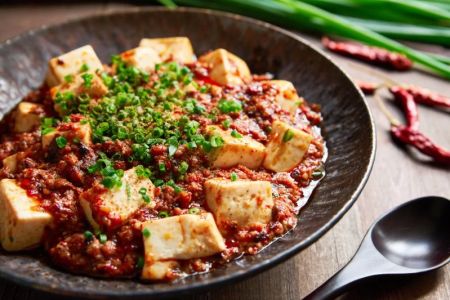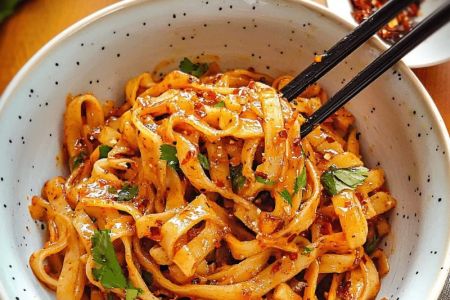- 1-The-Root-of-Chinese-Tea-Culture
- 2-Introduction-of-Chinese-Tea-Culture-to-American-Restaurants
- 3-Common-Types-of-Chinese-Tea-Served-in-American-Restaurants
- 4-Traditional-Tea-Ceremonies-and-Their-Importance
- 5-How-American-Restaurants-Adapt-Chinese-Tea-Culture
- 6-Customer-Experiences-and-Cultural-Education
- 7-Where-to-Find-Authentic-Chinese-Tea-in-the-US
1. The Root of Chinese Tea Culture
Chinese tea culture dates back thousands of years, deeply woven into the social, philosophical, and medicinal fabric of Chinese society. The act of preparing, serving, and enjoying tea is regarded as a refined art, symbolizing respect, harmony, and tranquility. This cultural heritage encompasses a variety of tea types, brewing methods, and ceremonies, each with unique significance.
Tea in China is more than a beverage; it represents a lifestyle and a medium for connection and mindfulness.
2. Introduction of Chinese Tea Culture to American Restaurants
As Chinese immigration expanded and cultural exchange increased, authentic Chinese tea traditions found their way into American restaurants. From small family-owned eateries to upscale dining establishments, Chinese tea culture began enhancing the dining experience, offering patrons a taste of tradition alongside cuisine.
This integration serves both as a cultural bridge and an educational experience, helping Americans appreciate the rich customs behind tea drinking.
3. Common Types of Chinese Tea Served in American Restaurants
Popular Chinese teas served in American restaurants include green teas like Longjing (Dragon Well), oolong teas such as Tieguanyin, fragrant jasmine tea, and aged pu-erh tea. Each variety offers distinctive aromas and flavors, often paired thoughtfully with different dishes to complement the meal.
These selections represent a balance of tradition and palatability, appealing to both connoisseurs and newcomers.
4. Traditional Tea Ceremonies and Their Importance
Some American Chinese restaurants offer traditional tea ceremonies that showcase precise brewing techniques, ritualistic pouring, and serving etiquette. These ceremonies emphasize respect for the guest, attention to detail, and an immersive cultural experience.
Through these ceremonies, guests gain insight into the philosophy of tea—patience, appreciation, and connection—making the dining occasion more meaningful.
5. How American Restaurants Adapt Chinese Tea Culture
To accommodate diverse American tastes and dining styles, many restaurants have adapted traditional Chinese tea customs. For example, some offer tea flights to sample different varieties or pair teas with modern fusion dishes. Others incorporate tea into cocktails or dessert menus, creatively blending cultures.
These adaptations maintain authenticity while inviting a broader audience to engage with Chinese tea culture comfortably.
6. Customer Experiences and Cultural Education
Many diners express appreciation for the inclusion of Chinese tea culture in their meals, noting how it enriches their understanding and enjoyment. Restaurateurs often provide informational menus or staff-led explanations to educate customers about tea origins and brewing methods.
These experiences foster cultural respect and curiosity, turning routine meals into memorable journeys.
7. Where to Find Authentic Chinese Tea in the US
For those seeking genuine Chinese tea culture, Chinese Food offers comprehensive recommendations on restaurants and tea houses across the US known for authentic tea service. From San Francisco’s Chinatown to New York’s bustling culinary scene, there are ample opportunities to experience true Chinese tea traditions.
Visiting these places promises not only exceptional tea but also a deep dive into the culture that has cherished tea for millennia.







